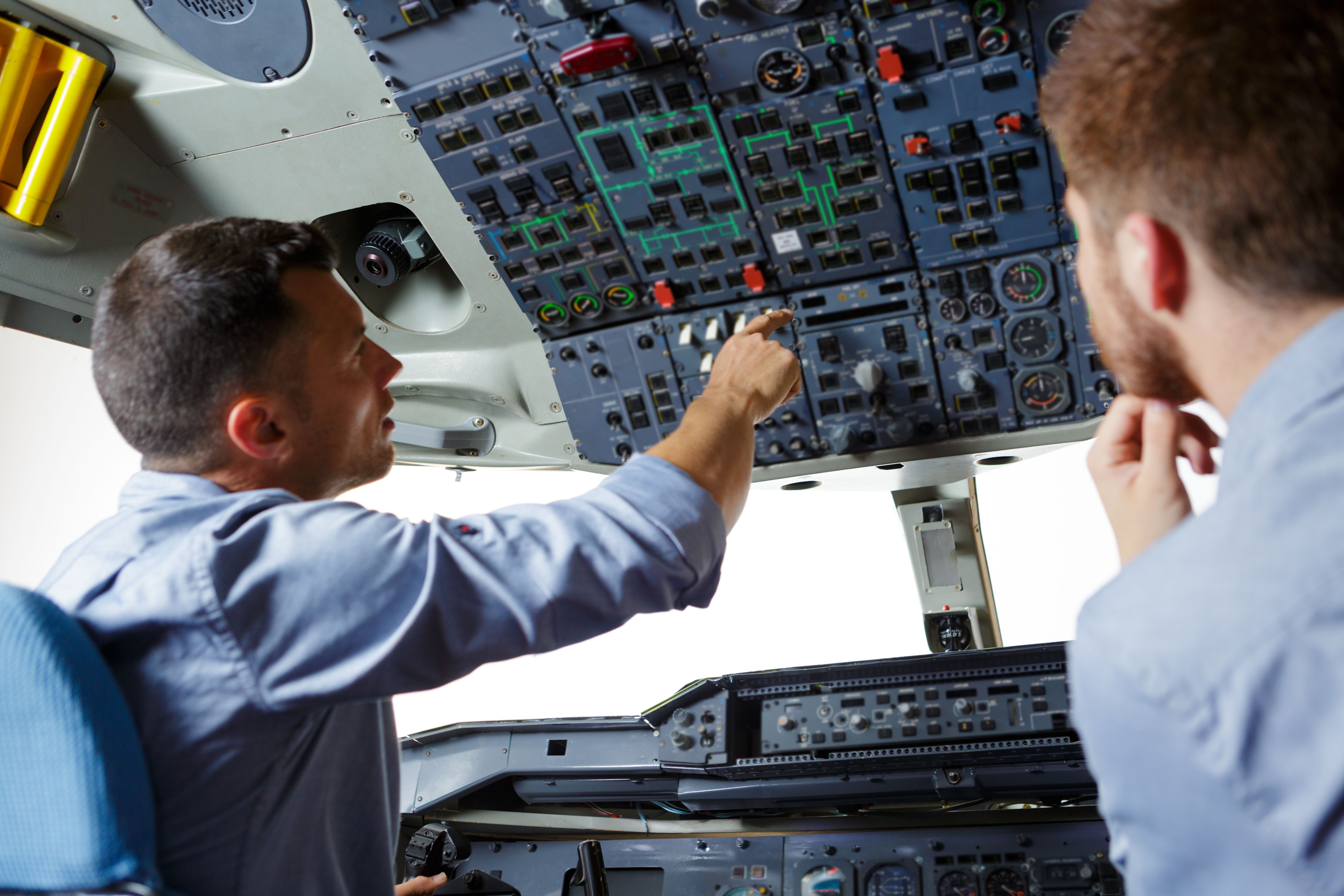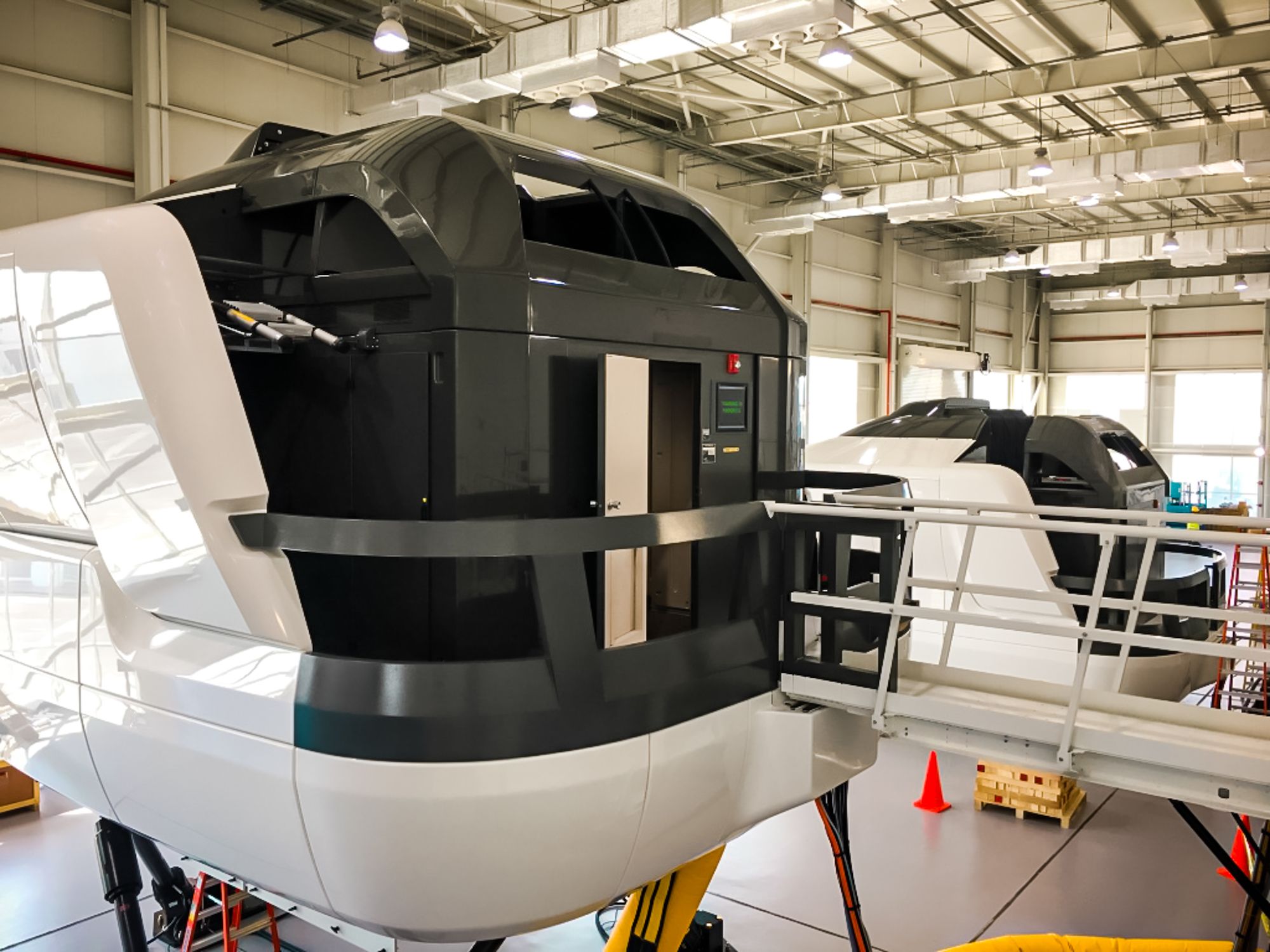Summary
- Pilot training in the US is costly, but aspiring pilots can research flight schools and compare financing options to save money.
- Simulator-based training and independent studying can help reduce the need for extra training and lower expenses.
- Aspiring pilots should consider the timing of their training to avoid being heavily in debt without a job during a slower period in the airline job market.
The allure of being a pilot is very high, as many young would-be aviators dream about becoming a pilot the first time they see an aircraft. However, the most significant drawback of the career isn’t the long hours and periods away from home; for most, it is the cost of obtaining a license, especially in the United States. For example, in Europe, many airlines offer cadet programs, which enable potential pilots to commit to an airline in exchange for the carrier offering a job at the end of a pilot’s training. In the US, some airlines provide such programs, including American Airlines, which enables young pilots to commit to the carrier’s regional and mainline airline structure with favorable financing options.
Reducing the costs of training
But pilot training is still an expensive venture; in the US, pilots need at least 1,500 flight hours to obtain a restricted-airline transport pilot certificate (R-ATP), with the conditions being easier only for university graduates or former military crews. Still, if you are trying to go the more traditional way by grinding out hours, one of the first things you can do is research the flight schools around you and what kind of terms and conditions they offer. Teaching quality comes first, but comparing financing options can help you save a buck in a costly career. A dollar here and there can also be saved by targeting promotions or special offers that flight schools might throw out during special occasions, including for potential upcoming Black Friday sales.
Photo: ALPA PROD | Shutterstock
Another way to save money is by taking advantage of simulator-based training, according to the Canada-based Professional Flight Centre. Training on a simulator can help a pilot get more familiar with the skill of actually flying the aircraft without having to lift off into the sky, which can reduce the need for extra training if safety is not compromised. Another way to be more economical with your flight training expenses is to study the aircraft, procedures, and checklists as much as possible independently, reducing the need to take the extra time to review these things with an instructor, which costs cash.
Alarm bells ringing
At the same time, there is always a need to time the beginning of your pilot’s career. Being heavily in debt and without a job is not a good situation to be in, which is why training should be reconsidered if the airline market is heading into a slower period.
The current market could be a prime example, especially since FedEx and UPS, some of the largest cargo carriers in the world, have offered their pilots early retirement packages to reduce costs. The cargo industry has always been a stable frontier in employment since cargo has always needed to move, even during the most extreme economic downturns. Still, American Airlines’ regional subsidiary, PSA Airlines, has put forth an offer of a signing bonus of $250,000 for FedEx and UPS pilots.
Photo: Keena ithar | Shutterstock
In addition, the Airline Pilots Association, International (ALPA), a US-based pilot union, has said that the country “has produced more than enough certificated pilots to meet airline hiring demands and compensate for retirements, even as new and more rigorous pilot training standards were enacted to enhance safety.” However, the US Regional Airline Association (RAA) has rebuffed that claim, saying that ALPA “has intentionally decontextualized this data to draw a conclusion that the data does not support.” The association claimed that regional carriers are particularly suffering from a pilot shortage since mainline companies are “are drawing unprecedented numbers of pilots from regional airlines, where shortages preceded the pandemic.”





